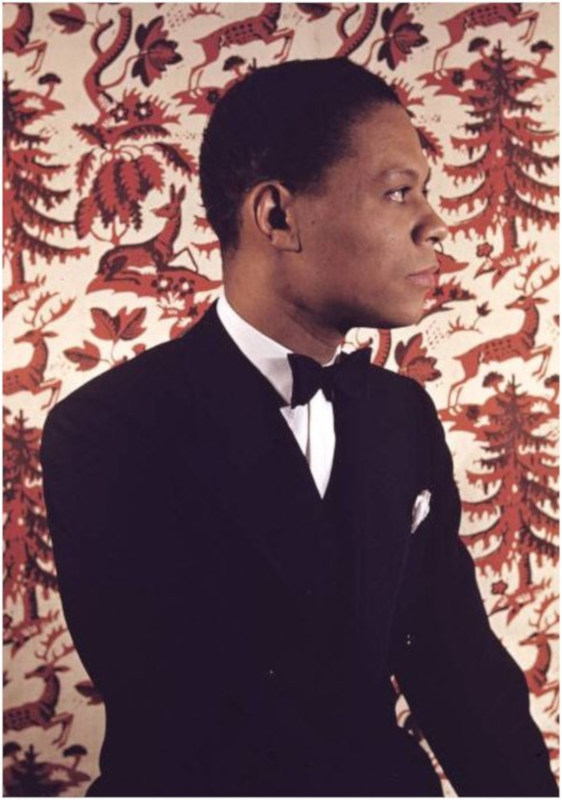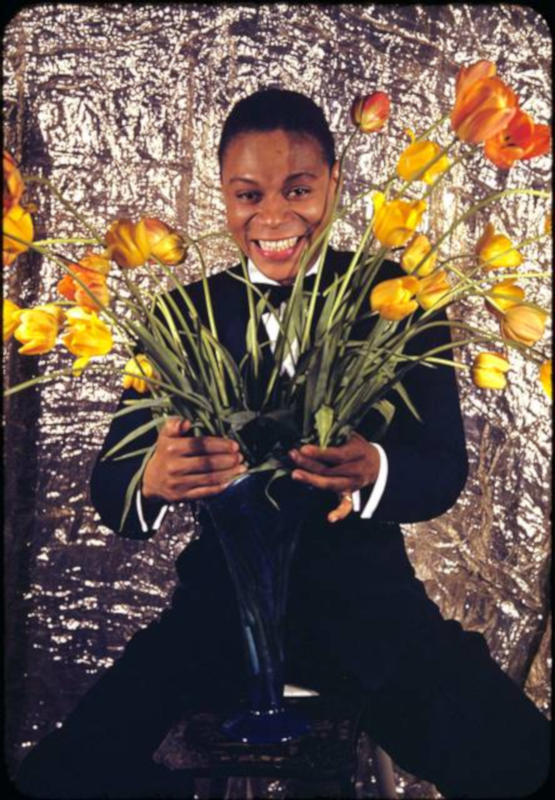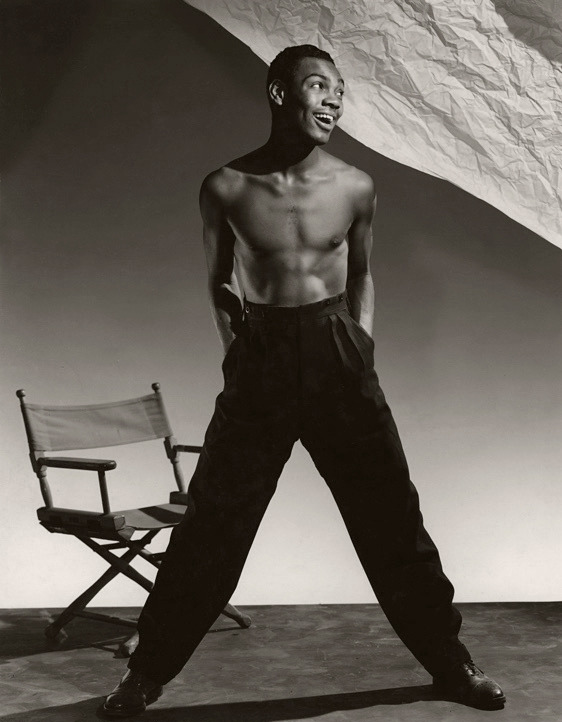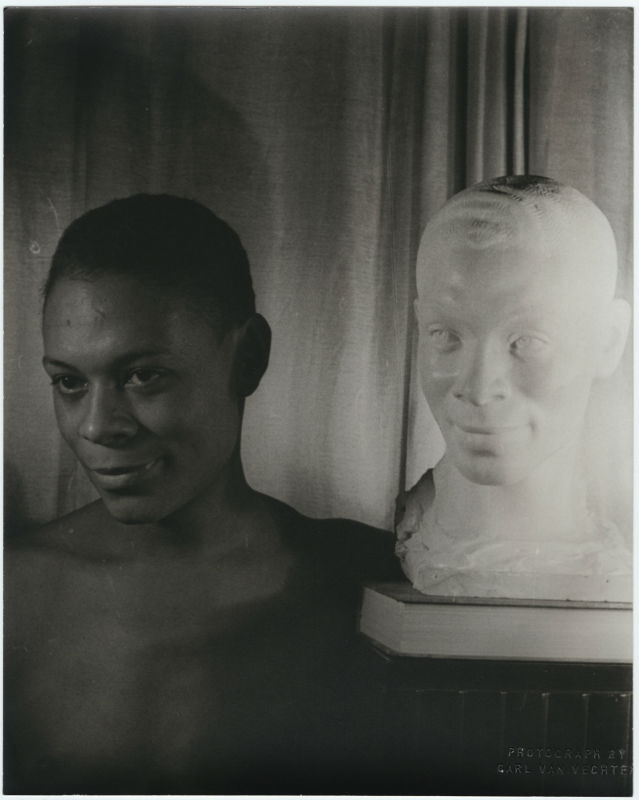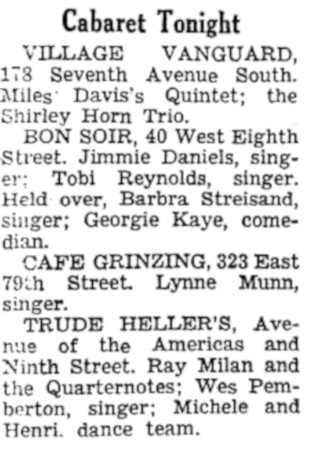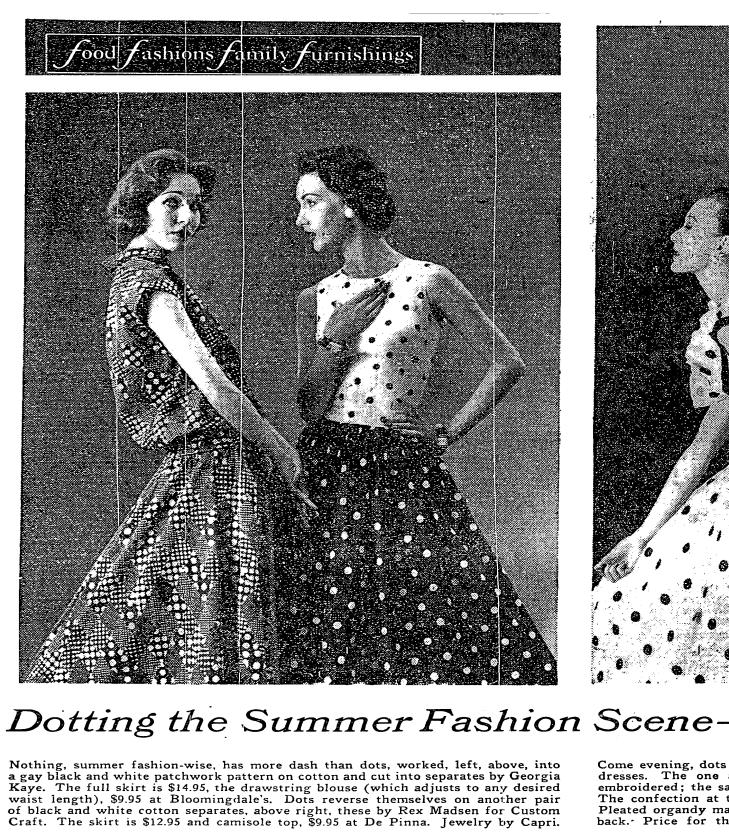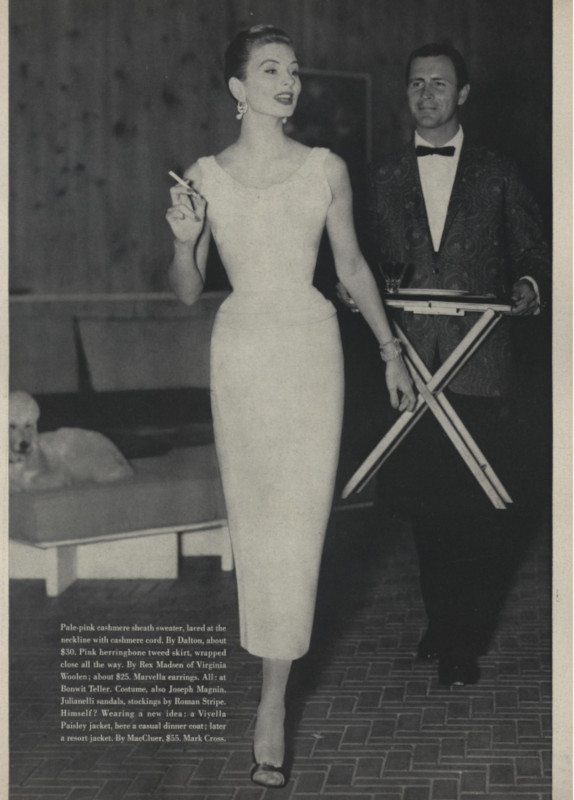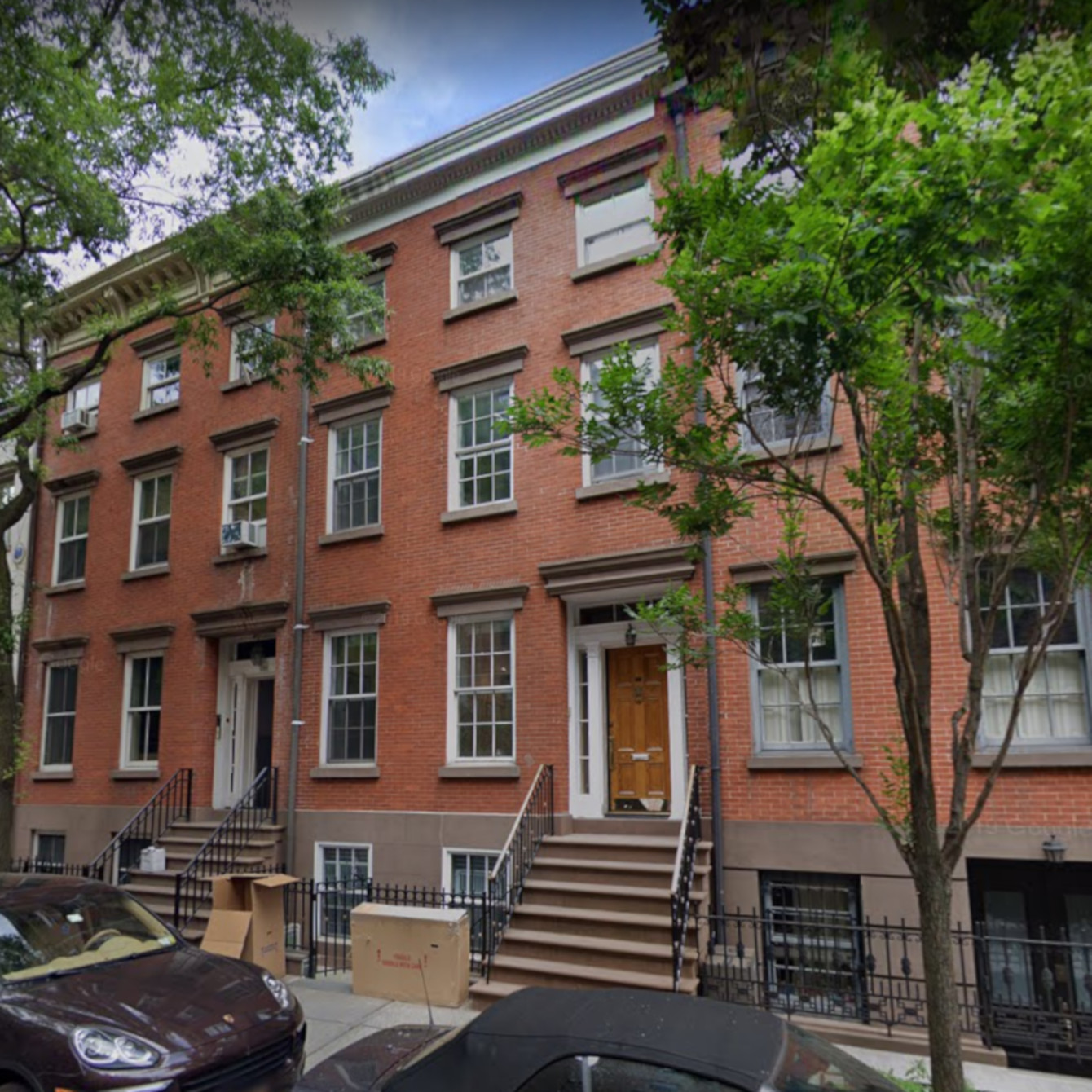
Jimmie Daniels & Rex Madsen Residence
overview
From 1949 to 1954, Jimmie Daniels, the internationally renowned Black cabaret singer and nightclub host, lived in the first-floor apartment in this rowhouse with white fashion designer Rex Madsen.
Drawing on his popularity with the high society crowd, Daniels opened the Bon Soir, a Mafia-owned supper club in Greenwich Village, in 1950 and served as its emcee for the next 12 years.
History
Jimmie Daniels (James Lesley Daniels; 1908-1984) first came to New York City in the 1920s, at the height of the Harlem Renaissance, to attend Bird’s Business College in the Bronx. During this period, he met Blues singer Alberta Hunter, who would become a lifelong friend (and who he would briefly live with and care for at the end of their lives). After heading back to his hometown of Little Rock, Arkansas, he returned to New York in 1928 to pursue a theater career. This was relatively short-lived, however, due to a lack of opportunities for Black actors at that time.
Daniels instead found fame beginning in the 1930s as a cabaret singer and host at various nightclubs in New York, Paris, London, and Monte Carlo. In fluent English, French, or German, he most often sang the tunes of George and Ira Gershwin, Cole Porter, Richard Rodgers and Lorenz Hart, and Harold Arlen. Daniels gained a loyal following that included Black and white notables, European aristocracy, Harlem’s high society, and celebrities. From 1939 to 1942, he operated his supper club, Jimmie Daniels, in Harlem to great success, before enlisting in the Army during World War II.
In 1949, Daniels moved to the first-floor apartment of the rowhouse at 109 Bank Street in Greenwich Village, and lived there with fashion designer Rex Madsen (1927-1988) until 1954. Originally from Cedar Falls, Iowa, Madsen designed women’s wear for department stores and also dressed influential women such as performers Pearl Bailey, Alice Ghostley, and Mildred Bailey; Bess Myerson, the first Jewish Miss America; and Millicent Rogers, the Standard Oil heiress. Both Baileys (unrelated) and Ghostley were among the early star talent that Daniels drew to his new Greenwich Village supper club, the Bon Soir, which opened in the cellar of 40 West 8th Street (demolished) in the summer of 1950. (Some newspaper listings from the period refer to Daniels as the club’s owner, but it was Mafia-owned, according to author Philip Crawford, Jr.)
The intimate and darkly lit club, where Daniels served as emcee until early 1962, was described as a sophisticated place where patrons, regardless of race or sexuality, co-existed without tension. Accounts from the 1950s and 1960s indicate that the small bar at the back of the room was where gay men congregated and that straight couples predominantly sat at tables in front of the tiny stage. According to the Amistad Research Center blog, Bon Soir patron Grant Shandling recalled that the bar “was awash with handsome gentlemen in grey flannel suits, the rage in the 50s…brilliantly handsome. Jimmie cast a spell that made those of us who had just arrived at the club feel we were, for a while, part of the famous and glamorous.” Daniels was also the host for Barbra Streisand’s 1960 Bon Soir debut and they performed on the same bill a few times over the next two years.
A March 1962 article in Variety notes that the Bon Soir’s new owner was negotiating for the return of Daniels, who had reportedly been fired by the previous owner, as emcee. He appears to have turned this down, but did perform there occasionally until at least 1963. Daniels continued to live downtown and host at various clubs for the rest of his life. This included Village spots like Reno Sweeney, the Little Casino, and Jan Wallman’s, and a second Jimmie Daniels club on East 64th Street, which opened in 1975. According to a 1980 article in New York Amsterdam News, he delivered “his material with the same charm, urbane wit and superb diction that brought international high society to his doorstep nightly when he operated Bon Soir in the village [sic].” Daniels’s last performance took place at Carnegie Hall, days before his death.
While it is unclear how long Daniels and Madsen’s relationship lasted, they were throwing lavish parties together at a house that was built for Madsen in the Fire Island Pines in 1961. Madsen was listed in the phone books at 271 Fifth Avenue, a rowhouse with a commercial ground floor, from 1959 to 1984. After Daniels died, around 300 of his photos, mostly from the 1930s to the 1950s, came into Madsen’s possession. In 1987, he donated this collection to the Amistad Research Center at Tulane University.
Entry by Amanda Davis, project manager (June 2022).
NOTE: Names above in bold indicate LGBT people.
Building Information
- Architect or Builder: Dunham & Williams
- Year Built: 1846
Sources
“50 Years/50 Collections: Jimmie Daniels: The King of Nightlife in New York,” blog, Amistad Research Center, bit.ly/3lQ38yF. [source of Grant Sprandling quote]
Bill [no last name], “Night Club Reviews: Bon Soir, N.Y.,” Variety, December 19, 1962 (vol. 229, iss. 4), 68.
Bill [no last name], “Night Club Reviews: Bon Soir, N.Y.,” Variety, September 13, 1961, 70.
“Ex-Writer Nat Sackin Buys Bon Soir, N.Y.,” Variety, March 14, 1962, 62.
“Jimmie Daniels, 76, Cafe Entertainer,” Newsday, July 3, 1984, 33.
“Jimmie Daniels, Singer, Dies; Performed in New York Clubs,” The New York Times, July 2, 1984, B13.
“Jimmie Daniels victim of stroke,” New York Amsterdam News, July 7, 1984, 22.
“Lost Modern 517 Porgie Walk,” Pines Modern, bit.ly/3wMbHAU.
“Madsen, Rex,” Amistad Research Center, bit.ly/3wK0y2q.
“No Comeback, Please,” Newsweek, Vol. 37, Iss. 15 (April 9, 1951), 82.
Philip Crawford, Jr., The Mafia and the Gays, self-published, 2015.
“Quotes from Booker,” New Pittsburgh Courier, April 12, 1975, 21.
Raoul Abdul, “Style: Mostly Mozart, Cole Porter and Harold Arlen,” New York Amsterdam News, August 30, 1980, 30. [source of Amsterdam News quote]
Victor Salvo, “Jimmie Daniels – Nominee,” The Legacy Project, bit.ly/3MRw6tZ.
Do you have more information about this site?
This project is enriched by your participation! Do you have your own images of this site? Or a story to share? Would you like to suggest a different historic site?
